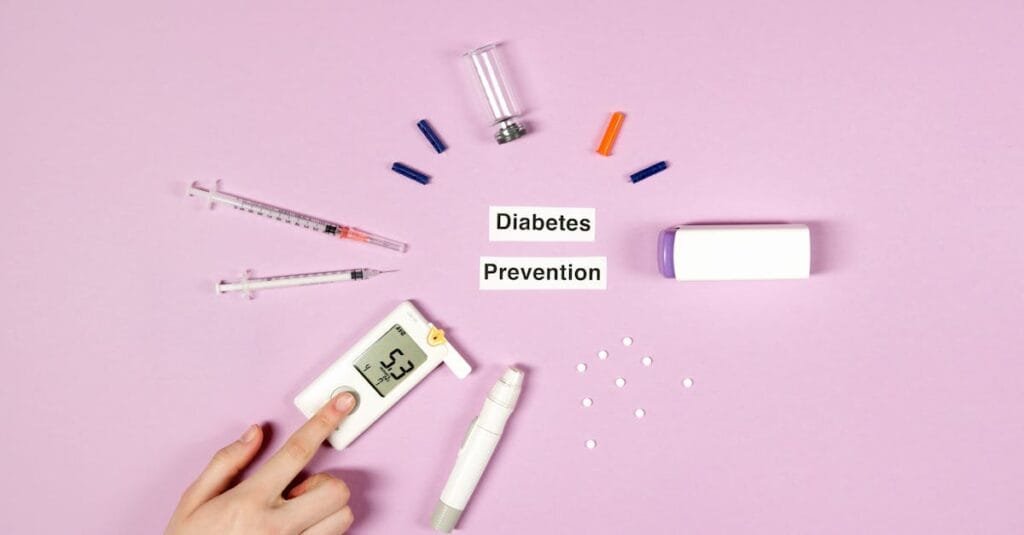Chronic Disease Prevention: The Power of Movement – How Physical Activity Can Save Your Life
Let me tell you a story.
Meet Sarah, a 35-year-old marketing executive who spent most of her days glued to her desk, juggling deadlines and endless Zoom calls. Her idea of exercise was walking to the coffee machine. One day, during a routine check-up, her doctor delivered a wake-up call: her blood pressure was soaring, her cholesterol was off the charts, and she was on the fast track to type 2 diabetes. Sarah was stunned. She thought chronic diseases only happened to “other people.” But the truth hit hard: her sedentary lifestyle was silently sabotaging her health.
That day, Sarah decided to take control. She started small—walking during lunch breaks, taking the stairs instead of the elevator, and eventually joining a weekend yoga class. Over time, she noticed her energy levels skyrocketing, her mood improving, and her health markers stabilizing. Sarah’s story isn’t unique, but it’s a powerful reminder of how chronic disease prevention starts with simple, consistent actions.
Now, let’s dive deeper into the world of chronic diseases and how movement can be your greatest weapon against them.
See The Video Below on YouTube.
Understanding Chronic Diseases: The Silent Epidemic
Chronic diseases are like unwelcome guests that overstay their welcome—lasting three months or more and often worsening over time. Heart disease, diabetes, obesity, and cancer are the usual suspects, wreaking havoc on millions of lives worldwide. These conditions don’t just appear overnight; they’re the result of a perfect storm of genetics, lifestyle choices, and environmental factors.
Take heart disease, for example. It’s not just about age or family history. Unhealthy diets, smoking, and—you guessed it—physical inactivity are major culprits. Diabetes, particularly type 2, is often fueled by obesity and poor lifestyle habits. And cancer? While genetics play a role, factors like smoking, poor nutrition, and lack of exercise can tip the scales.
The alarming rise of chronic diseases is a global crisis, but here’s the good news: chronic disease prevention is within your reach.
The Lifesaving Role of Physical Activity
Imagine your body as a high-performance machine. Without regular maintenance, it starts to break down. Physical activity is that maintenance—it keeps your heart strong, your blood sugar in check, and your weight manageable.
- Heart Health: Exercise strengthens your heart, improves circulation, and lowers blood pressure. It’s like giving your cardiovascular system a tune-up.
- Diabetes Defense: Physical activity boosts insulin sensitivity, helping your body regulate blood sugar levels more effectively.
- Weight Management: Regular movement burns calories and revs up your metabolism, making it easier to maintain a healthy weight.
- Cancer Prevention: Studies show that active individuals have a lower risk of certain cancers, thanks to exercise’s ability to regulate hormones and reduce inflammation.
The science is clear: just 150 minutes of moderate exercise per week can slash your risk of chronic diseases. That’s only 30 minutes a day, five days a week. You don’t need to run a marathon—just move your body. This is the essence of chronic disease prevention.
Breaking Down Barriers: How to Get Moving
Let’s be real—life gets in the way. Lack of time, motivation, or access to facilities can make exercise feel impossible. But here’s the secret: small changes add up.
- No Time? Try micro-workouts—10 minutes of stretching in the morning, a brisk walk during lunch, or a quick dance session while dinner cooks.
- No Motivation? Find an activity you love. Hate running? Try swimming, cycling, or even gardening. Exercise doesn’t have to be a chore.
- No Access? Use what you have. Stairs, parks, and online workout videos are free and accessible to almost everyone.
Community support is also a game-changer. Join a local walking group, sign up for a fitness class, or recruit a friend to be your workout buddy. When you’re accountable to others, staying active becomes easier—and more fun. These strategies are key to chronic disease prevention.

Building a Sustainable Active Lifestyle
The key to long-term success is making physical activity a natural part of your life. Here’s how:
- Start Small: Set achievable goals, like walking 5,000 steps a day or doing 10 minutes of yoga each morning.
- Track Progress: Use a fitness tracker or app to monitor your activity and celebrate milestones.
- Create a Support System: Surround yourself with people who encourage your efforts.
- Mix It Up: Variety keeps things interesting. Try new activities to keep your routine fresh and exciting.
Remember, it’s not about perfection—it’s about progress. Every step, every stretch, every movement counts. This is how you embrace chronic disease prevention.
Your Health, Your Future
Chronic diseases may be on the rise, but you don’t have to be a statistic. Like Sarah, you can take control of your health by embracing the power of physical activity. Whether it’s a daily walk, a weekend hike, or a dance party in your living room, every bit of movement brings you closer to a healthier, happier life.
So, what are you waiting for? Lace up those sneakers, grab a friend, and start moving. Your future self will thank you.
The Bottom Line: Chronic diseases are formidable foes, but physical activity is your secret weapon. By making movement a priority, you can rewrite your health story—one step at a time. This is the heart of chronic disease prevention.
Read More Helpful Articles.
HeLa: 7 Incredible Lessons from Henrietta Lacks’ Legacy That Changed Science Forever




